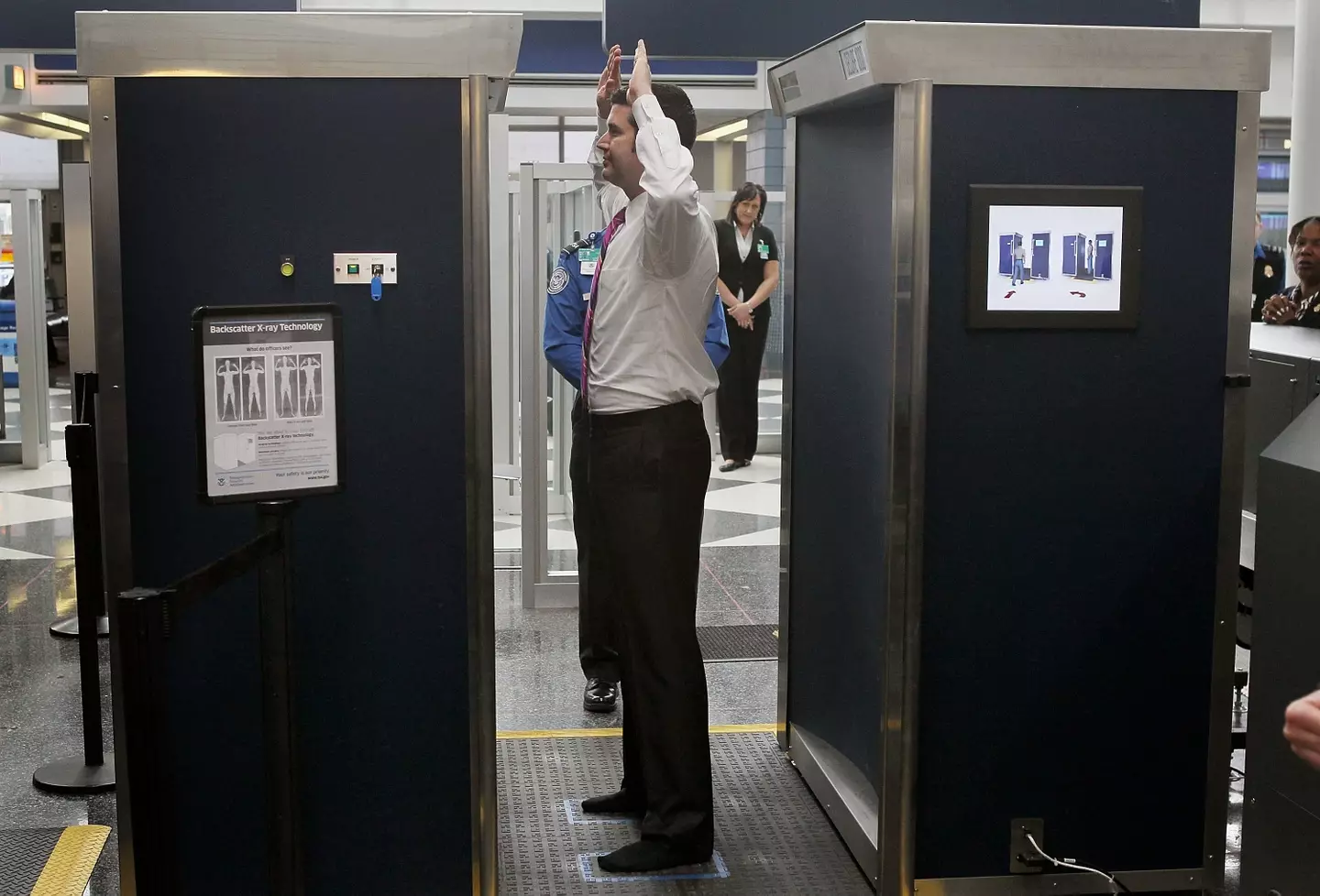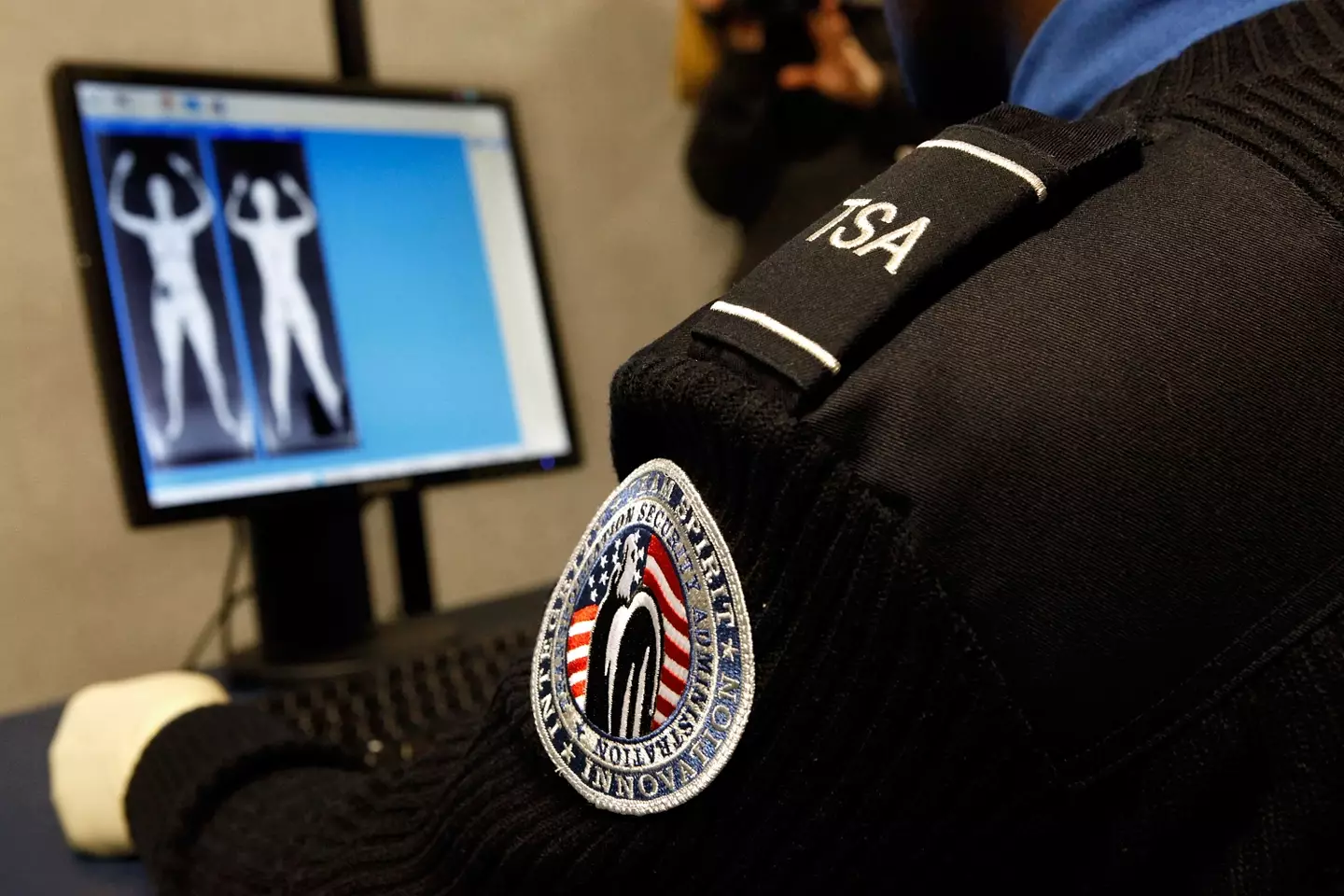
Airports across the US underwent a big change in their security systems after news came to light about just how much the agents could really see.
When it comes time to go on vacation, all your want to do is get on that plane and be on your way.
But no matter how much we might try to forget about it, there's one hurdle standing in the way: airport security.
Advert
Sometimes it can feel like the line to make it to the scanners is stretching on forever, but if that's enough to rile you up, just wait until you hear about this experience just a few years ago.
Admittedly, lines were probably of a similar length, but it was what happened once you made it to the scanner that proved very controversial for travellers.
Prior to the change made in 2013, TSA used body scanners made by OSI Systems' Rapiscan division to assess passengers making their way through the airport.
The scanners were introduced after a failed terrorist attempt in 2009 that revolved around bomb parts hidden in someone's underwear, and offered a full-body infrared image for security agents to look at.

It might sound like a pretty normal process, but in reality, it meant security agents could effectively see you completely nude.
Needless to say, that's not the relaxing start to a vacation people would be looking for.
The scanners sparked controversy and prompted TSA to ask Rapiscan to develop a new software problem that would correct the problems.
However, Rapiscan informed TSA it would not be able to meet the June 2013 deadline it had set.
As a result, TSA announced that it would no longer use the scanners.

"TSA has strict requirements that all vendors must meet for security effectiveness and efficiency," the agency said.
"Due to its inability to deploy non-imaging Automated Target Recognition (ATR) software by the Congressionally-mandated June 2013 deadline, TSA has terminated part of its contract with Rapiscan.
"By June 2013 travelers will only see machines which have ATR that allow for faster throughput. This means faster lanes for the traveler and enhanced security. As always, use of this technology is optional."
There were 174 Rapsican body scanners still in use when the announcement went out, but they were phased out over the following months and replaced by new scanners created by the company L-3 Communications, which only show generic images of the customers passing through.
Topics: Travel, Technology